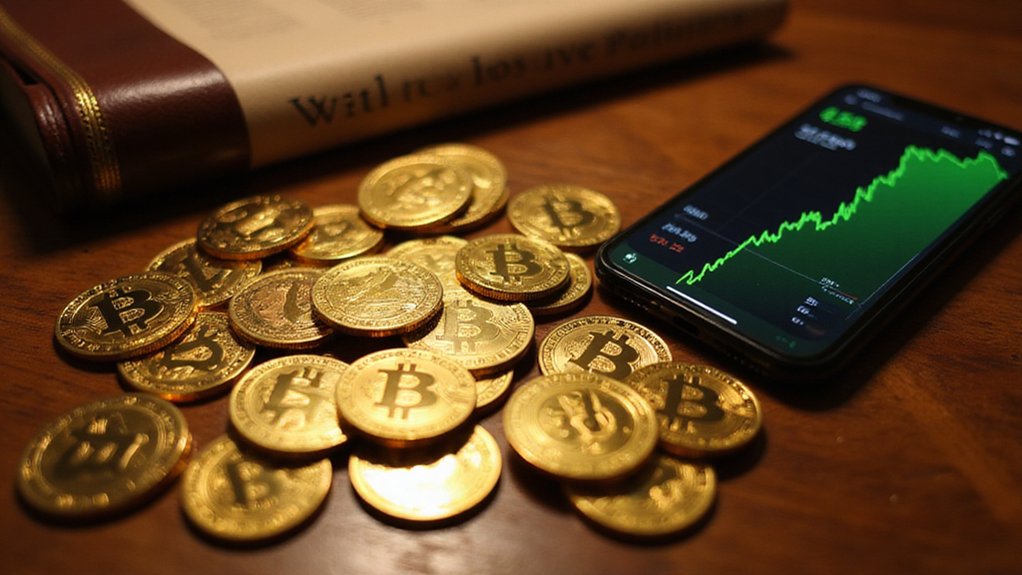While traditional corporate treasury strategies once favored the predictable embrace of bonds and money market funds, a new breed of publicly traded companies has discovered that announcing cryptocurrency purchases can trigger stock price explosions that would make even the most seasoned volatility trader dizzy.
The phenomenon reached spectacular heights when SharpLink Gaming revealed plans to purchase up to $425 million in Ethereum, sending shares soaring over 400% in what can only be described as institutional FOMO made manifest. This wasn’t an isolated incident of market euphoria—Upexi’s stock price jumped more than 300% following its announcement to buy $100 million of Solana cryptocurrency, proving that investors’ desire for crypto-adjacent plays extends well beyond Bitcoin’s gravitational pull.
These triple-digit, single-day stock explosions reveal a market dynamic that borders on the surreal: companies can seemingly print shareholder value by simply declaring their intention to swap cash for digital assets. The strategy has precedent in MicroStrategy‘s remarkable transformation from a relatively obscure business intelligence firm into a de facto Bitcoin proxy, with its stock price increasing more than 3,000% over five years—a performance that dwarfs Bitcoin’s own impressive 1,000% gain during the same period.
MicroStrategy’s accumulation of 439,000 BTC established the corporate playbook that smaller firms now keenly replicate, albeit with different cryptocurrencies. The company’s dominance is underscored by its control of 582,000 bitcoins, representing over 3% of the total bitcoin supply. Benchmark analysts’ decision to raise MicroStrategy’s stock price target to $650 reflects institutional confidence in this crypto-treasury thesis, while regulatory clarity and mainstream adoption provide tailwinds for the entire sector.
The market’s enthusiastic response to Ethereum treasury plans particularly underscores investor confidence in the second-largest cryptocurrency’s long-term value proposition. Ethereum’s expanding ecosystem and utility make it an attractive diversification play beyond Bitcoin, while even alternative cryptocurrencies like Solana—popular in the meme coin ecosystem—can trigger substantial stock price appreciation. These dramatic price movements can be understood through market cap calculations, where the current token price multiplied by circulating supply determines the total dollar value of a cryptocurrency’s circulating supply. Despite experiencing a significant decline of more than 50% following the FTX collapse in late 2022, Solana has demonstrated remarkable resilience with a 26.9% performance year-to-date.
Corporate Bitcoin holdings surged in 2025, with cryptocurrency ETFs and public companies accumulating digital assets at record rates. This institutional embrace, combined with analysts predicting significant gains for crypto-centric companies through 2025, suggests that the treasury strategy of swapping traditional reserves for volatile digital assets has moved from experimental to mainstream—however improbable that migration might seem.









